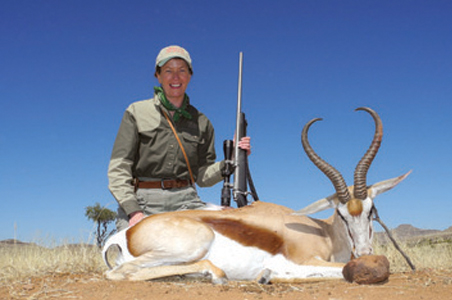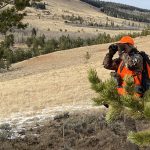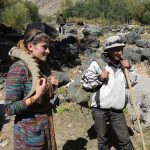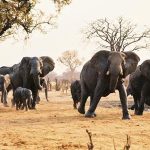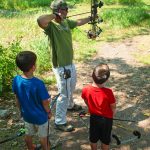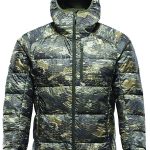Phototourism has its place, but in terms of benefit to wildlife, there’s no substitute for going afield with a rifle.
The rifle is the primary tool of the hunter. A few hunters consider their rifles just that—tools—and nothing more. Most of us, though, also enjoy rifles for their own sake: the fine lines, craftsmanship, that peculiar combination of wood (or synthetics) and metal that turns a simple, powerful tool into a valued possession, a cherished heirloom, an old friend.
People who don’t hunt sometimes ask me why I can’t “just take a camera” into the field, instead of a rifle. I try to explain that carrying the rifle changes my experience in nature from one of an observer to one of a participant, intimately involved in the cycle of life in the natural world. As much as I enjoy observing nature, participating in it is, to me, far more rewarding.
The question of rifle vs. camera comes up in many discussions of conservation, and as it turns out, there is far more to it than personal enjoyment. That’s particularly true in Africa, where the recently announced closure of hunting in Botswana has brought the ecotourism vs. hunting debate into sharp focus. In the press release announcing the closure, the Botswana government was clear about its intention: “… in keeping with international trends, the moratorium on hunting will further facilitate the sustainable growth of the tourism sector, as hunting zones are converted into photographic areas.”
Botswana is likely to find out, as Kenya has, that phototourism, laudable as it may be, is not a substitute for hunting when it comes to wildlife conservation.
In his excellent new book, Save Me From the Lion’s Mouth, South African conservationist James Clarke examines this phenomenon in detail. Since the advent of its no-hunting policy in 1977, Kenya has lost two-thirds of its wildlife despite a thriving phototourism industry. Tanzania also tried banning hunting in favor of ecotourism for a time, but brought hunting back, with positive results.
“Banning hunting,” Clarke concludes, “does not bring about an increase in wildlife; it increases only one thing: rural poverty.”
Part of this is because photo safaris are limited to a few scenic, easy-to-get-to areas with large concentrations of wildlife for easy viewing, while hunters are willing to go much farther afield, even into dangerous areas, for a chance at a single trophy.
Mike Norton-Griffiths, a land-use economics researcher, noted in a 2007 scientific paper that Kenya’s “tourist wildlife viewing is restricted to a mere 8,800 square miles—5 percent of the rangeland where wildlife is found.”
Hunters also spend a lot more money, in general, than phototourists do. “In Zimbabwe and Tanzania, revenues generated by hunting clients are respectively 30 and 14 times greater than those generated by photographic clients,” Clarke says. And a single hunter disturbs the ecosystem far less than a dozen camera-toting tourists.
The benefits of the rifle over the camera hold true in North America, too, of course. Every time you buy a rifle, a bow, or a box of ammo, you’re sending money to your state wildlife agency via Pittman-Robertson funds. Not so with cameras and binoculars.
The pen (or its modern equivalent) may be mightier than the sword, but when it comes to wildlife conservation, a tourist with a camera is still no substitute for a good rifle in the hands of an informed, enthusiastic hunter.

